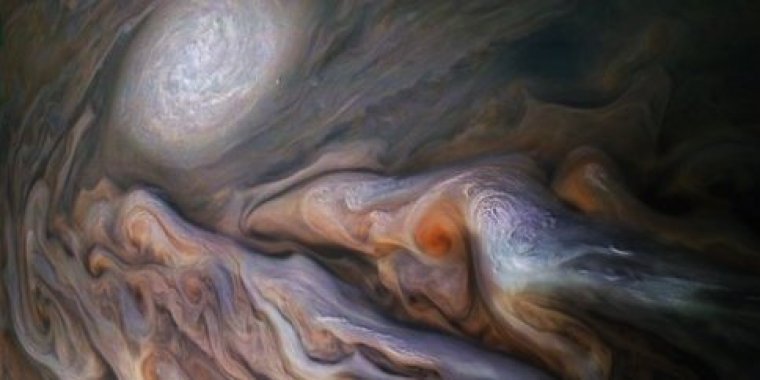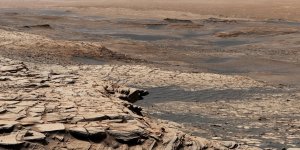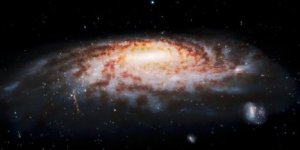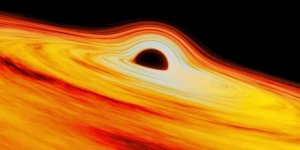| News / Space News |
Researchers find cyclones on Jupiter caused by polar turbulence and convection
Researchers studied images and used the principles of geophysical fluid dynamics to look for information about the conditions that cause polar and circumpolar cyclones on Jupiter. Studying the source, scope and scale of the cyclones on Jupiter's poles could provide insights into the physical mechanisms and forces that cause potentially catastrophic storms.

Scientists studied images of polar cyclones on Jupiter and the forces that drive them. Photo: Enhanced image by Gerald Eichstädt and Sean Doran based on images provided courtesy of NASA/JPL-Caltech/SwRI/MSSS
Juno, a NASA satellite, has been capturing images of Jupiter and its 79 moons since 2016. An international team of scientists analyzed the images and data, calculating wind speed and direction by tracking the movement of the clouds between images, and analyzing infrared images to estimate cloud thickness.
The team detailed the turbulence at Jupiter's poles and the physical forces that sustain the polar cyclones in Nature Physics.
The cyclones at Jupiter's poles seem to share similarities with ocean vortices on Earth, but researchers have been unsure how the cyclones originated or how long they have been circulating.
The researchers found that the rapidly rising air in clouds acts as an energy source that feeds the cyclones.
The large polar cyclones, which have a radius of about 620 miles, have remained active since Juno first imaged Jupiter's poles. Eight of the cyclones are spinning at Jupiter's north pole, and five at its south pole.
The research indicates that moist convection, when hotter and less dense air rises, is what spawns and sustains the storms.
"When I saw the richness of the turbulence around the Jovian cyclones with all the filaments and smaller eddies, it reminded me of the turbulence you see in the ocean around eddies," said lead author Lia Siegelman.
"These are especially evident on high-resolution satellite images of plankton blooms, for example.
"To be able to study a planet that is so far away and find physics that apply there is fascinating. It begs the question, do these processes also hold true for our own blue dot?" (National Science Foundation)
YOU MAY ALSO LIKE





